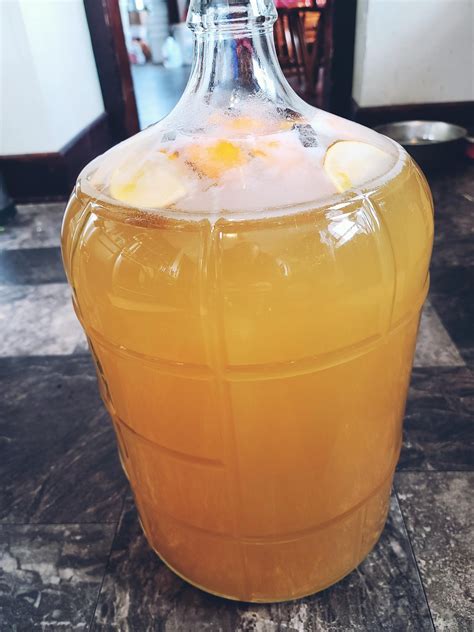The Ultimate Guide to Mead Making: From Beginner to Brewmaster
Mead, often called honey wine, is an ancient alcoholic beverage with a rich history and a surprisingly versatile flavor profile. This guide will walk you through the process of making mead, from selecting your ingredients to bottling your finished product. Whether you're a seasoned brewer or a curious beginner, you'll find valuable tips and techniques here to help you craft your perfect mead.
Choosing Your Ingredients: The Foundation of Great Mead
The quality of your mead hinges heavily on the quality of your ingredients. Let's break down the essentials:
Honey: The Heart of the Mead
- Type of Honey: The type of honey you choose significantly impacts the flavor profile of your mead. Consider using wildflower honey for a complex, nuanced taste, or a specific floral honey (like orange blossom or clover) for a more targeted flavor. The darker the honey, generally the more robust the flavor.
- Source: Sourcing your honey locally supports local businesses and can provide unique flavor characteristics.
- Raw vs. Pasteurized: Raw honey contains natural enzymes and yeast, which can impact fermentation. Pasteurized honey is more predictable but may lack some of the complex flavors of raw honey.
Water: The Unsung Hero
- Purity: Use clean, filtered water to avoid introducing unwanted flavors or bacteria. Spring water is often preferred for its mineral content, which can contribute to the final taste.
- Temperature: The water temperature plays a crucial role in yeast activity. Ensure your water is at the correct temperature for your chosen yeast strain.
Yeast: The Fermentation Force
- Yeast Strain: Different yeast strains produce different flavor profiles. Experiment with various strains to find your favorites – some produce fruity esters, while others emphasize spicy phenols. Choose a yeast strain specifically designed for mead making.
- Yeast Nutrient: Adding yeast nutrient provides essential vitamins and minerals to ensure healthy fermentation and robust flavor development.
Other Ingredients: Adding Complexity
While honey, water, and yeast form the core of mead, you can experiment with other ingredients to create unique and delicious variations:
- Fruits: Berries, apples, and citrus fruits are popular additions, contributing sweetness, acidity, and aromatic complexity.
- Spices: Cinnamon, ginger, cloves, and nutmeg add warmth and depth of flavor.
- Herbs: Lavender, rosemary, and chamomile provide herbal notes and delicate aromas.
The Mead Making Process: A Step-by-Step Guide
This section provides a simplified overview. Always refer to your chosen recipe for specific instructions and measurements.
-
Sanitation: Maintaining impeccable cleanliness is crucial throughout the entire process. Sanitize all equipment thoroughly before use.
-
Mixing: Combine your honey and water, ensuring the honey is fully dissolved.
-
Heating (Optional): Some recipes call for heating the honey-water mixture to help dissolve the honey and kill any unwanted bacteria.
-
Cooling: Allow the mixture to cool to the appropriate temperature for your yeast strain.
-
Pitching Yeast: Carefully add your yeast to the cooled mixture.
-
Fermentation: Allow the mead to ferment in a clean, sanitized fermenter, away from direct sunlight, at a controlled temperature. This can take several weeks or even months depending on your recipe and yeast strain.
-
Racking: Once fermentation is complete, gently transfer the mead to a secondary fermenter to remove sediment.
-
Aging: Allow the mead to age for several months, or even years, to allow the flavors to mature and mellow.
-
Bottling: Carefully bottle your finished mead, ensuring the bottles are clean and sanitized.
Troubleshooting Common Mead Making Issues
- Stuck Fermentation: If fermentation stalls, check your temperature and consider adding more yeast nutrient.
- Off-Flavors: Off-flavors can result from poor sanitation, contaminated ingredients, or improper fermentation temperatures.
- Cloudy Mead: Cloudiness can be caused by various factors, including yeast or bacteria. Proper racking and filtration can help.
Conclusion: Embark on Your Mead Making Journey
Making mead is a rewarding and enjoyable experience. Experiment with different ingredients and techniques to discover your own unique mead recipes. Remember to always prioritize sanitation and follow instructions carefully to ensure a successful brew. Cheers to your mead-making adventures!
